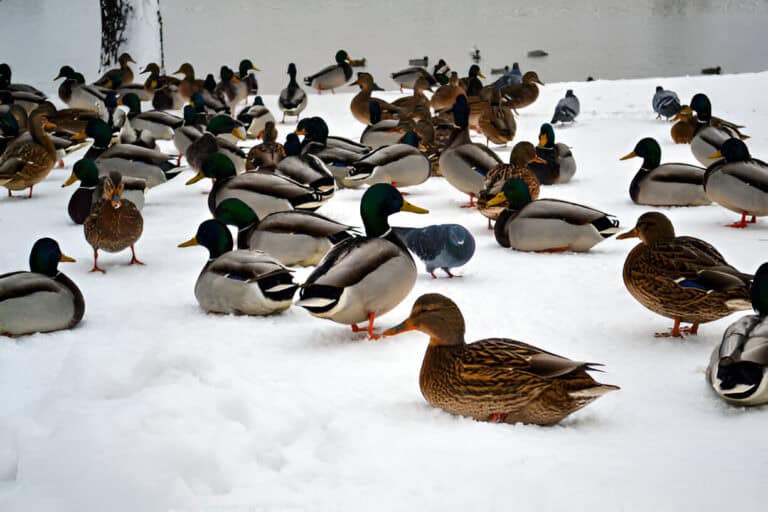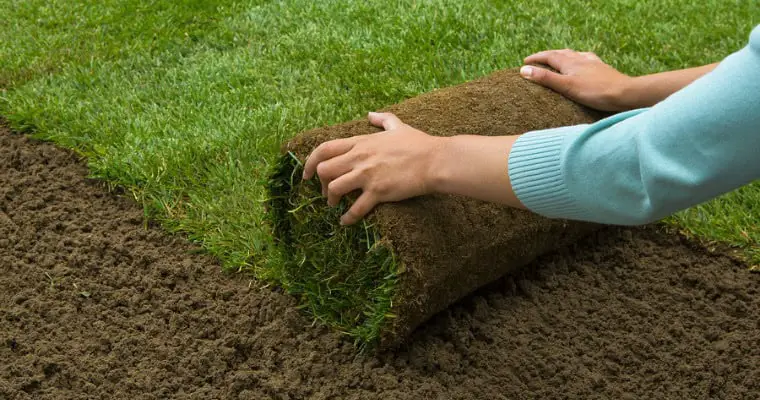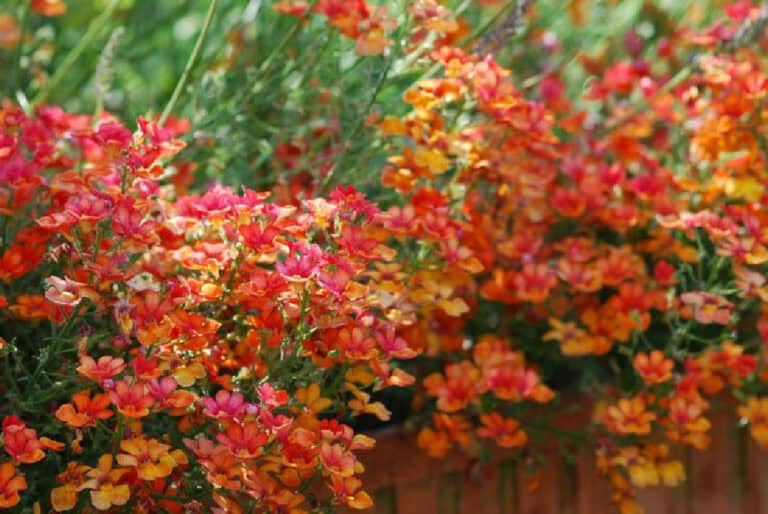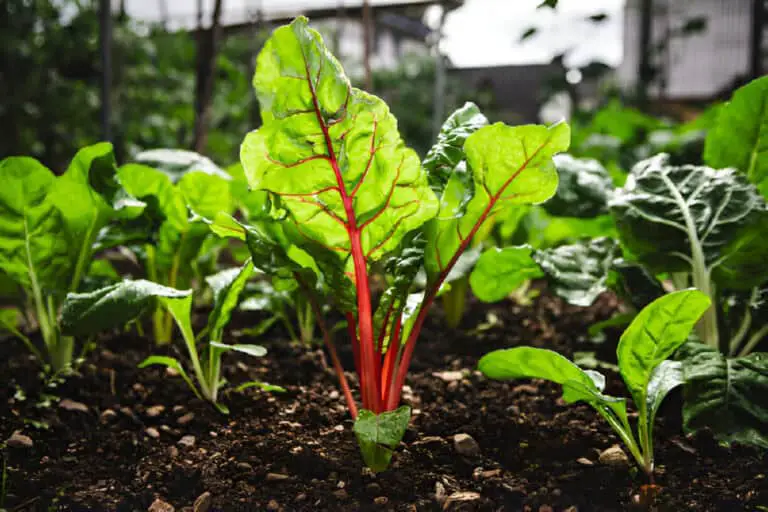Aesculus Parviflora (Bottlebrush Buckeye): Plant Care and Growing Guide
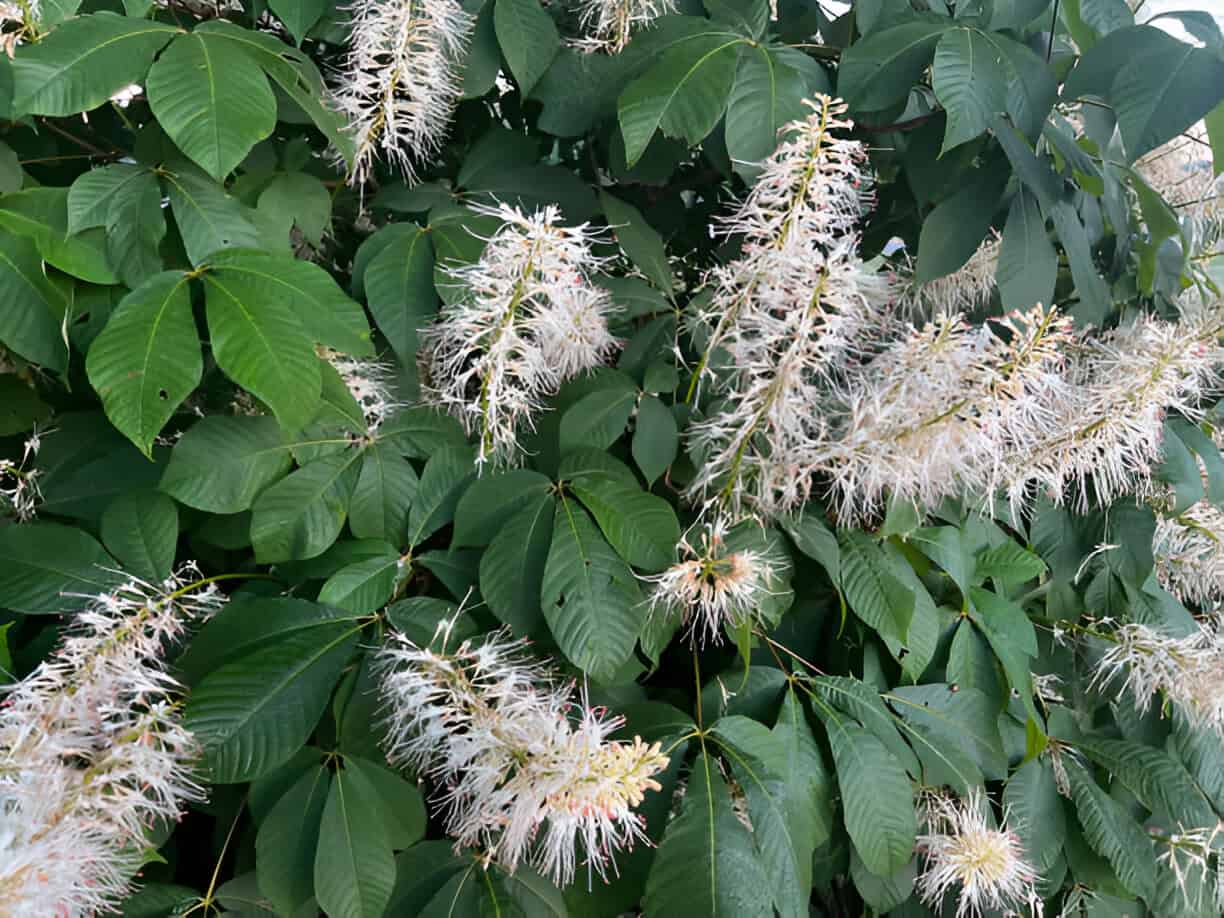
The Bottlebrush Buckeye, otherwise known as the Aesculus Parviflora or Dwarf Buckeye, Dwarf Horse Chestnut, is a well-known shrub plant native to the Northeast and the Southeast of the United States.
Best known for its low maintenance and moderate growth, this shrub will likely liven up your house (or garden) with its green-colored leaves. But, only if you learn how to take proper care of it for it to thrive.
This is why all the topics you need to know in order to achieve this will be covered in this Bottlebrush Buckeye Care Guide. Ready? Let’s go!
In order to take proper care of your Bottlebrush Buckeye you’ll need to keep in mind the following guidelines:
- Water: The Bottlebrush Buckeye needs evenly spread moist soil – try to avoid letting the soil dry out.
- Light: Keep your Aesculus Parviflora in an environment where it can receive partial to full sun on a daily basis.
- Soil: Make sure to keep the Bottlebrush Buckeye in soil with moist but well-draining properties, so ideally, one that is made of clay, loam, chalk, and sand.
And as with many other plants, these are the only three care factors you need to remember to make sure your Bottlebrush Buckeye is, for the most part, healthy and well to survive.
Aesculus Parviflora Scientific / Botanical Aspects
In botanical terms, the Bottlebrush Buckeye belongs to the Sapindaceae family, the genus Aesculus and the species Parviflora, hence its scientific (or botanical) name Aesculus Parviflora (es-KU-lus par-VEE-flor-uh).
Other popular Sapindaceae plants include species like Fern-Leaf Maple ‘Aconitifolium’, Paperbark Maple, Laceleaf Japanese Maple ‘Seiryu’, Japanese Maple, Golden Shirasawa Maple, Fort Mcnair Red Horse Chestnut, Acer Platanoides ‘Crimson King’, and Swamp Maple.
As with other Aesculus’s, the Bottlebrush Buckeye is a deciduous plant, which means it will shed its leaves annually once autumn comes.
Growing Region
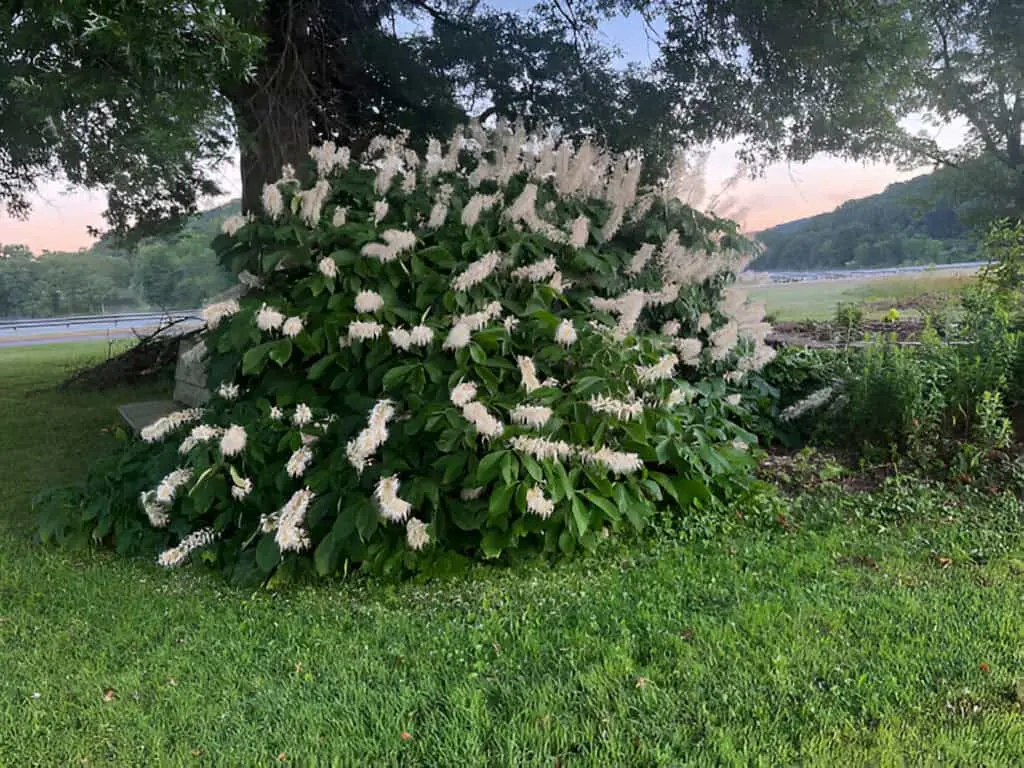
The Bottlebrush Buckeye is a plant native to the Southeastern US. This is why the Aesculus Parviflora is used to growing in specific regions such as the states in Northeast, and the Southeast of the United States.
You might be wondering why your Bottlebrush Buckeye’s native region is essential. Well, if you know where your plant originally came from, you’ll know which environmental conditions it prefers, and with it, knowledge on how to replicate it at home.
With this in mind, the Aesculus Parviflora will be most used to the heat zones in the 4 – 9 region, as the plant hardiness level falls between 4a, 4b, 5b, 5a, 6a, 6b, 7a, 7b, 8b, 8a.
Growth and Size
Growth
In terms of size and growth, the Bottlebrush Buckeye is a relatively moderate grower, which makes things somewhat easy for any plant enthusiast.
Size
But, what size of Bottlebrush Buckeye are we talking about? What can you expect in terms of height, spread and spacing? Let’s dig in…
The Aesculus Parviflora can grow up to 8′ – 12′ (240cm – 3.6m) in 8′ – 12′ (240cm – 3.6m) and 8′ – 15′ (240cm – 4.5m) in 8′ – 15′ (240cm – 4.5m).
These dimensions make the Bottlebrush Buckeye a relatively large shrub compared to others, so it’s best to keep this fact in mind since it will affect where you want to keep yours at home.
Also, expect it to grow in a wonderful rounded shape, which is something worthwhile to remember when making your garden landscape plans.
This is why experts recommend keeping an area of approximately 96″ – 120″ (240cm – 300cm) free so the Bottlebrush Buckeye can spread to its best extent.
Watering
In terms of watering, the Bottlebrush Buckeye is a fairly complicated plant to take care of. This is mostly because it has a not so straightforward watering schedule and somewhat irregular watering needs.
Specifically, most experts agree that the Aesculus Parviflora needs evenly spread moist soil – try to avoid letting the soil dry out.
Which is why it is considered a plant with relatively average needs in terms of water.
As a rule of thumb, you should remember to keep your Bottlebrush Buckeye in soil with moist but well-draining characteristics, as these will guarantee the right conditions for your plant to grow and thrive.
When you consider this, this is why you should aim to choose soil that has good drainage properties to keep the right moisture levels at all times.
In our experience, the famous ‘thumb’ or ‘finger’ test is what works best for the Bottlebrush Buckeye since with it, you will be able to give it the right amount of water, every time – regardless of the environment or placement where you do decide to keep it.
Soil Mix
As mentioned earlier, the Bottlebrush Buckeye prefers to have soil with good drainage properties at all times, reason why you need to make the soil mix out of clay, loam, chalk, and sand.
This is why most experts agree that the Bottlebrush Buckeye requires soil with high organic matter, which will give you the right conditions it needs.
In addition to this, expert gardeners recommend having preferably alkaline, acid or neutral soil.
Light and Placement
In terms of light & exposure, the Bottlebrush Buckeye requires partial to full sun in order for it to thrive under the right conditions.
Most experts agree that this shrub will do well as long as you keep it in shade, or partial sun to full sun, and it will be able to grow properly.
Specifically, we recommend that you place your Aesculus Parviflora in little to partial shade (only 2-6 hours of direct sunlight a day), to full and direct sun (more 6 hours of direct sunlight per day).
Aesculus Parviflora (Bottlebrush Buckeye) Plant Season
The Aesculus Parviflora, commonly known as the Bottlebrush Buckeye, puts on its best show during the warm months of late spring through summer. This stunning shrub bursts into tall, white, bottlebrush-like flower spikes that attract bees, butterflies, and curious onlookers alike. Its seasonal cycle is a highlight for any garden looking for mid-year interest.
Key points to remember include:
- Bloom Time: Early to mid-summer
- Foliage: Dense green leaves that turn golden in fall
- Wildlife: Attracts pollinators like hummingbirds and butterflies
| Season | Highlights | Care Tip |
| Spring | Budding leaves | Mulch to retain soil moisture |
| Summer | Striking flower spikes | Water deeply during dry spells |
| Fall | Golden foliage color change | Prune lightly if needed |
With its bold blooms and easygoing nature, the Bottlebrush Buckeye brings beauty and life to shaded corners year after year.
Flowers
You can expect your Bottlebrush Buckeye to flower around the summer months from July to September (summer). In particular, this shrub is well known for its showy flowers around the plant enthusiast community.
The Bottlebrush Buckeye produces some beautiful white, or gold/yellow and white flowers around this time of year.
Foliage
The leaves from the Bottlebrush Buckeye have a beautiful green color during most of the year.
In particular, they have a compound (pinnately, bipinnately, palmately) arrangement with a opposite organization in its leaves.
You can expect the leaves from your Aesculus Parviflora to be around (> 6 inches) in size.
Attracts, Tolerance and Resistance
The Aesculus Parviflora, or Bottlebrush Buckeye, is a magnet for life in the garden. Its tall, fluffy flower spikes attract bees, hummingbirds, and butterflies, making it an excellent choice for boosting pollinator activity. Beyond its beauty, this shrub is surprisingly tough when established.
Gardeners appreciate its tolerance to partial shade, clay soils, and varying moisture levels. Even in challenging spots, the Bottlebrush Buckeye holds its ground and flourishes with minimal fuss.
Here are a few traits that set it apart:
- Attracts: Pollinators like butterflies and bees
- Tolerance: Shade, clay soils, and drought once mature
- Resistance: Deer and most pests tend to leave it alone
| Trait | Details |
| Wildlife | Supports bees, hummingbirds, butterflies |
| Toughness | Tolerates tough soil conditions |
| Resistance | Naturally deer-resistant |
With so many strengths, it’s easy to see why this shrub is a woodland garden favorite.
Garden
Now, let’s talk garden and how your Bottlebrush Buckeye will look best in it.
Most Aesculus Parviflora owners agree that this shrub will look great in most rustic gardens of all types. Other owners consider that they compliment well most gardens of informal and cottage, and in traditional garden styles.
In particular, the Bottlebrush Buckeye’s best location within your garden is in beds and borders, and in hedges and screens; others use it for landscaping in a specimen, border, mass planting, or a woodland garden.
Conclusion
And we’ve come to an end. Fortunately, that’s everything you need to know about your Bottlebrush Buckeye to keep it safe and sound in your garden or home. Enjoy planting!

